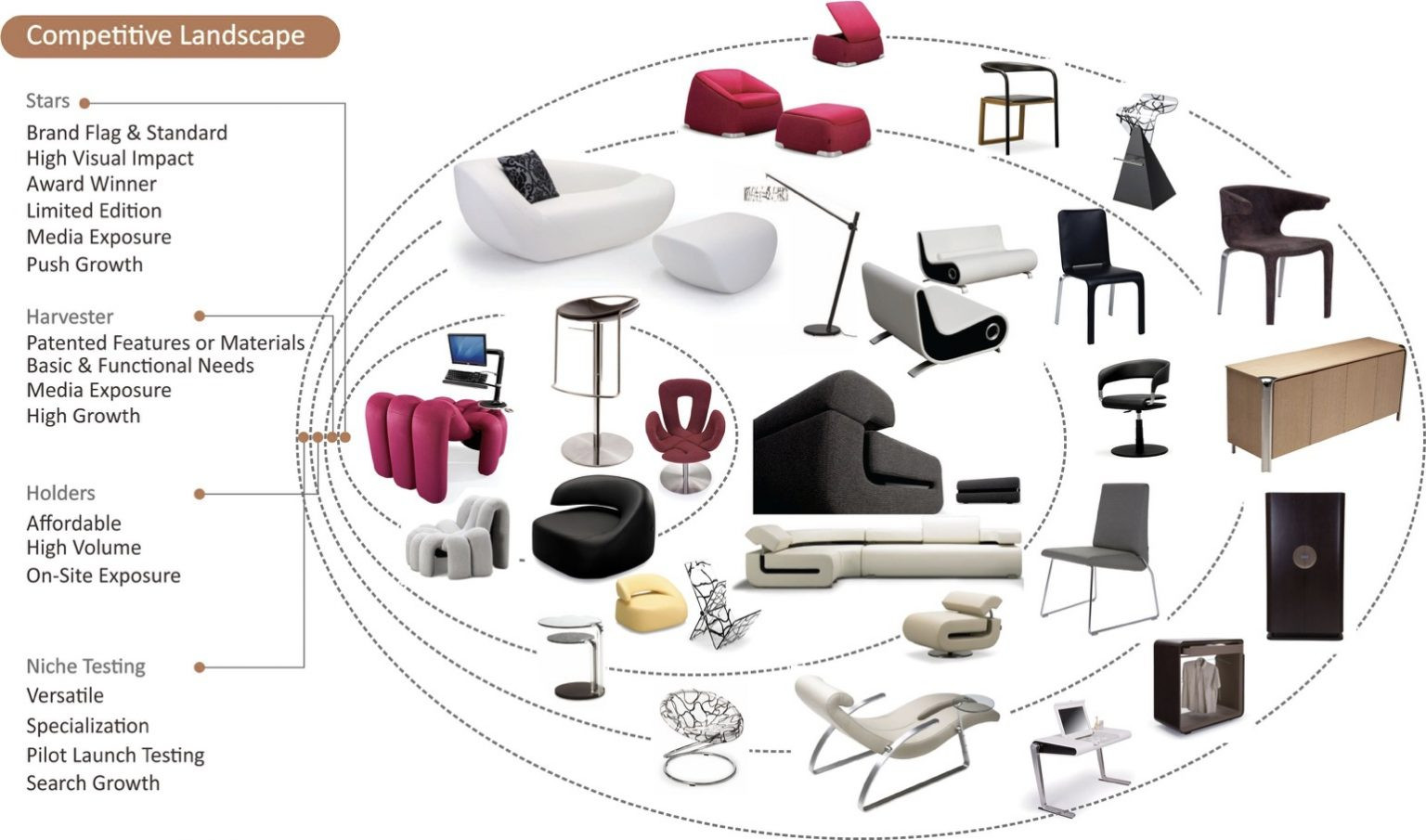Think Strategically

The Chess Piece Versus the Chessboard
PRODUCT PORTFOLIO STRATEGIES
BCG Matrix




Product Portfolio (BCG Matrix)
Categories
Objectives

Stars

Build, Invest for growth


Cash Cows





Milk, Harvest


Dog





Hold


Question Marks





Analyze


Stars
Business Objectives
Build, Push Growth
Design Strategy
Establish Brand Value
Define Flag & Standard
High Visual Impact
Increase Media Exposure
e.g.: Award Winners or Limited Editions


Harvesters
Business Objectives
Milk, High Growth
Design Strategy
Patented Features or Materials
Complexity of Supply Chains
Media Exposure


Holders
Business Objectives
Hold, Maintain Share
Design Strategy
Affordable
Extend Life Span
Improve Quality Within Limited Budget


Niche Testers
Business Objectives
Analyze, Search Growth
Design Strategy
Versatile
Pilot Launch Testing
Analyze to Determine the Next Harvesters
Cappellini
Other Industries
Predict Future Lifestyle for A Targeted Market
Design With Business Context
Survive In The Market As A Unified Team
Develop A Common Ground to Accomplish Business Objectives and Make Positive Social Contributions.
Think Like Chess Players
Within the product portfolio, each item typically makes a different contribution to the company’s bottom line. Some products cost more to produce, some are increasing their market share, some bring in more revenue and some have greater marketing expenses. Low-risk products help offset the riskier ones. The combination of each role makes up a competitive landscape.
There’s always some dynamic interplay between different roles. Each role in this portfolio switches around.
- Understand the strategic role of each product and its design priority in a product line.
- Take a visionary, expressive or inspirational approach, lead to a higher standard, high visual impact with minimal concern for cost, help to push the growth instead of generating a large cash flow at the given moment.(staged to draw attention or won a design award to set the bar, eg.CES in Las Vegas)
- Deliberatively incorporate some patented features or its service system to build a high growth unit, generating cash needed to maintain the business.
- Use forensic analysis to run Product Autopsy on current product. Gradually improving design language in the current sales system to help hold the fort –>seeking 2% improvement, (reduce the cost, improve the quality)–perform a change with minimum cost to earn the trust.
- Seek a niche market under a given business context, test potential market.
- Coordinate a pilot launching or social media campaign plan into the project development, get feedback and prepare to roll out the production on a larger scale.
- Develop a broad understanding about optimal allocation of human resources and organization resources, revise the current performance evaluation system, setup reasonable margins, expected returns and its time frame.
- Where will users engage throughout their purchase journey?
- seek an extreme way to express brand value, may create a star to have a high media exposure.
- Deliver a portfolio which is easy for distributors to market strategically –build up their confidence.
- Think of the exhibit design, how to design a Point of Purchase display as a whole, deliver a set of design to convey brand story and brand value.
- Gradually improving design language in the current sales system.
- Matching developmental pace with the timing of seasonal retail commodity transitions in stores
Manufacturing Process
- What systems, internal capabilities and external resources(vendor & suppliers) will we leverage or evolve?
- Deliberately avoid the drawback of manufacturing constrains
- Hiding the parting line or trace of assembling
- Integrated with supplier chains from design standpoint.
- Create a texture, explore material development from a design perspective.
- Design a difficult-to-imitate barrier — achieve a combination of aesthetic impact and sophisticated manufacturing process.
- Balanced out the cost through the portfolio.
- The unique combination of process is an effective way to create product differentiation from competitors.
- Use patent (material, structure)–>raise the bar and develop competitive advantage

